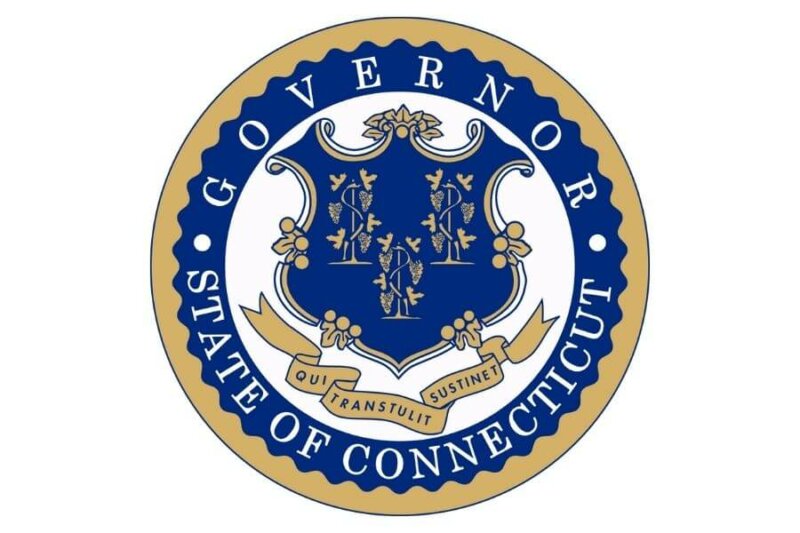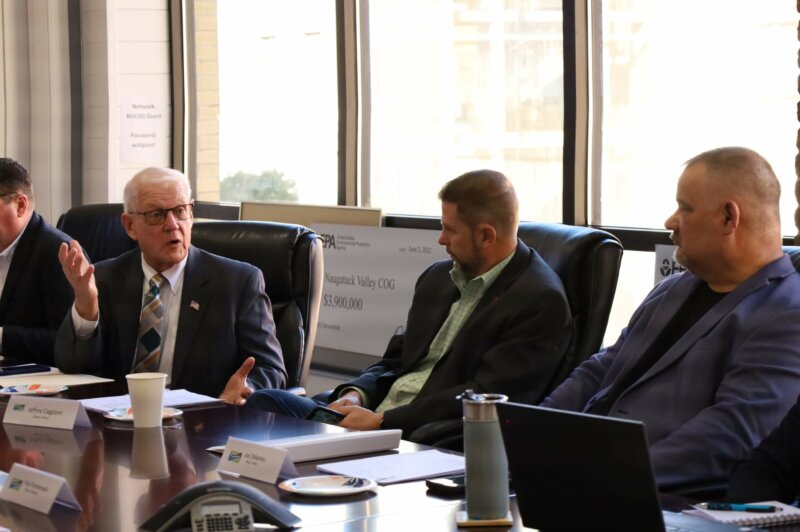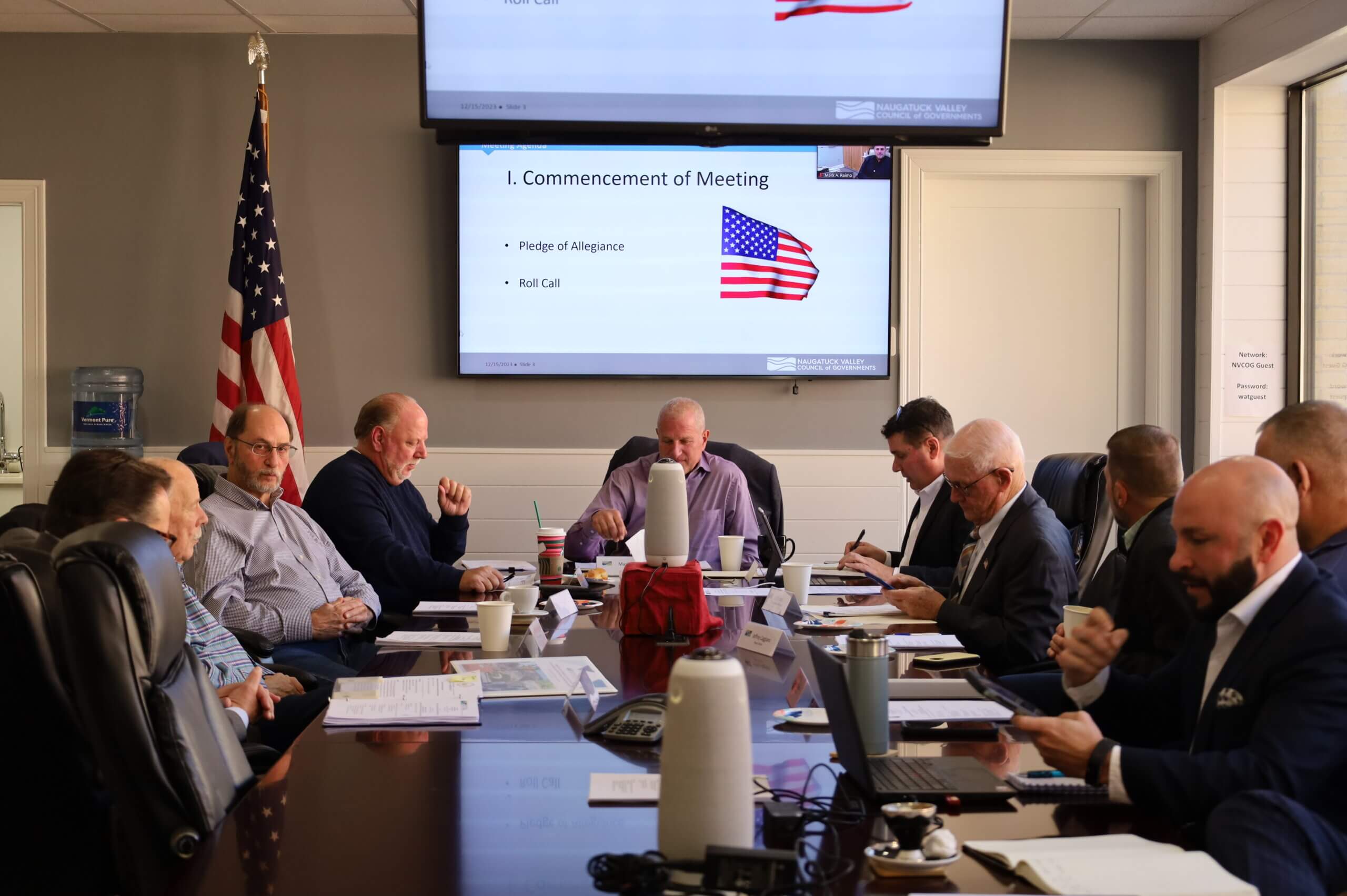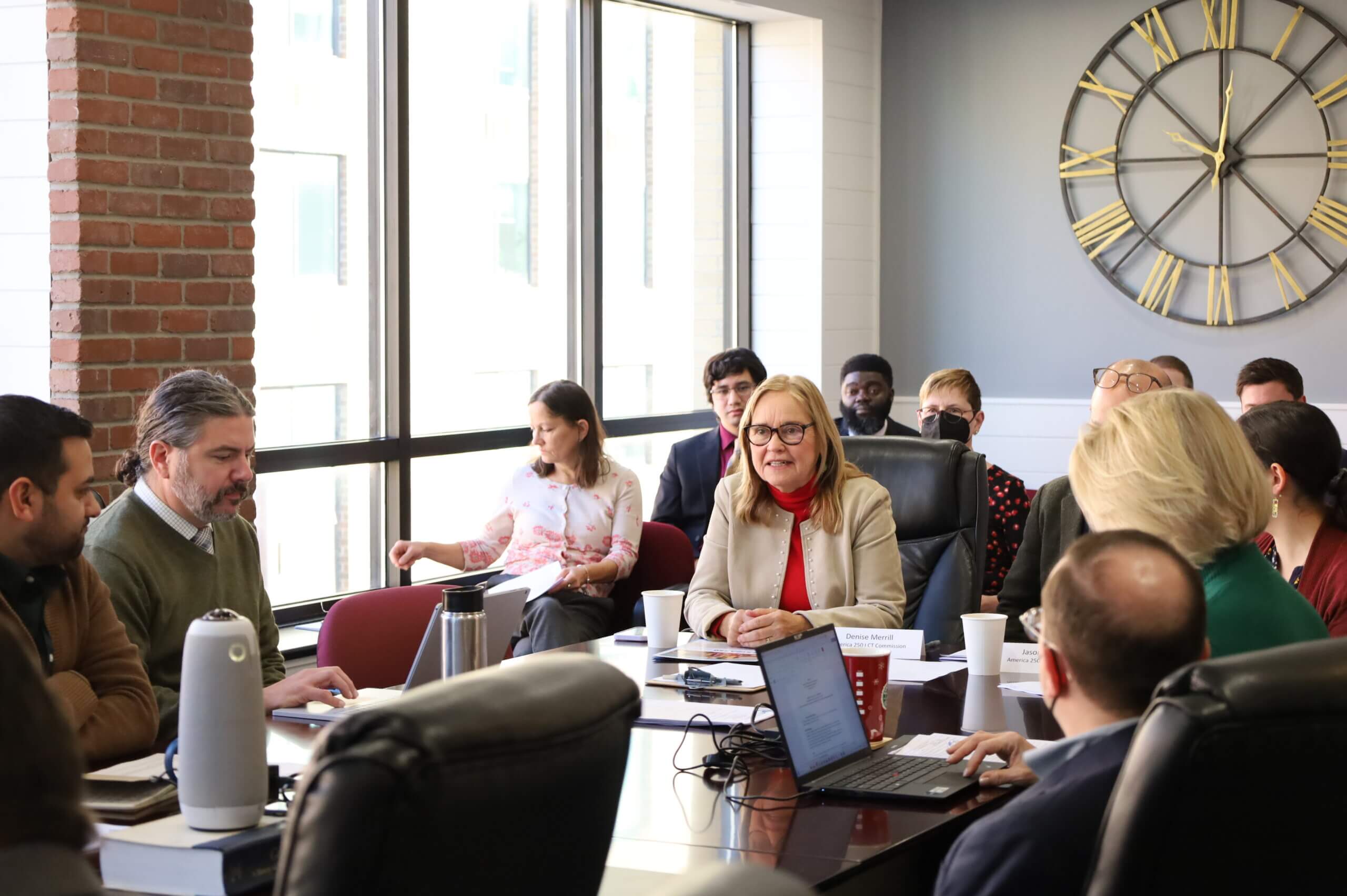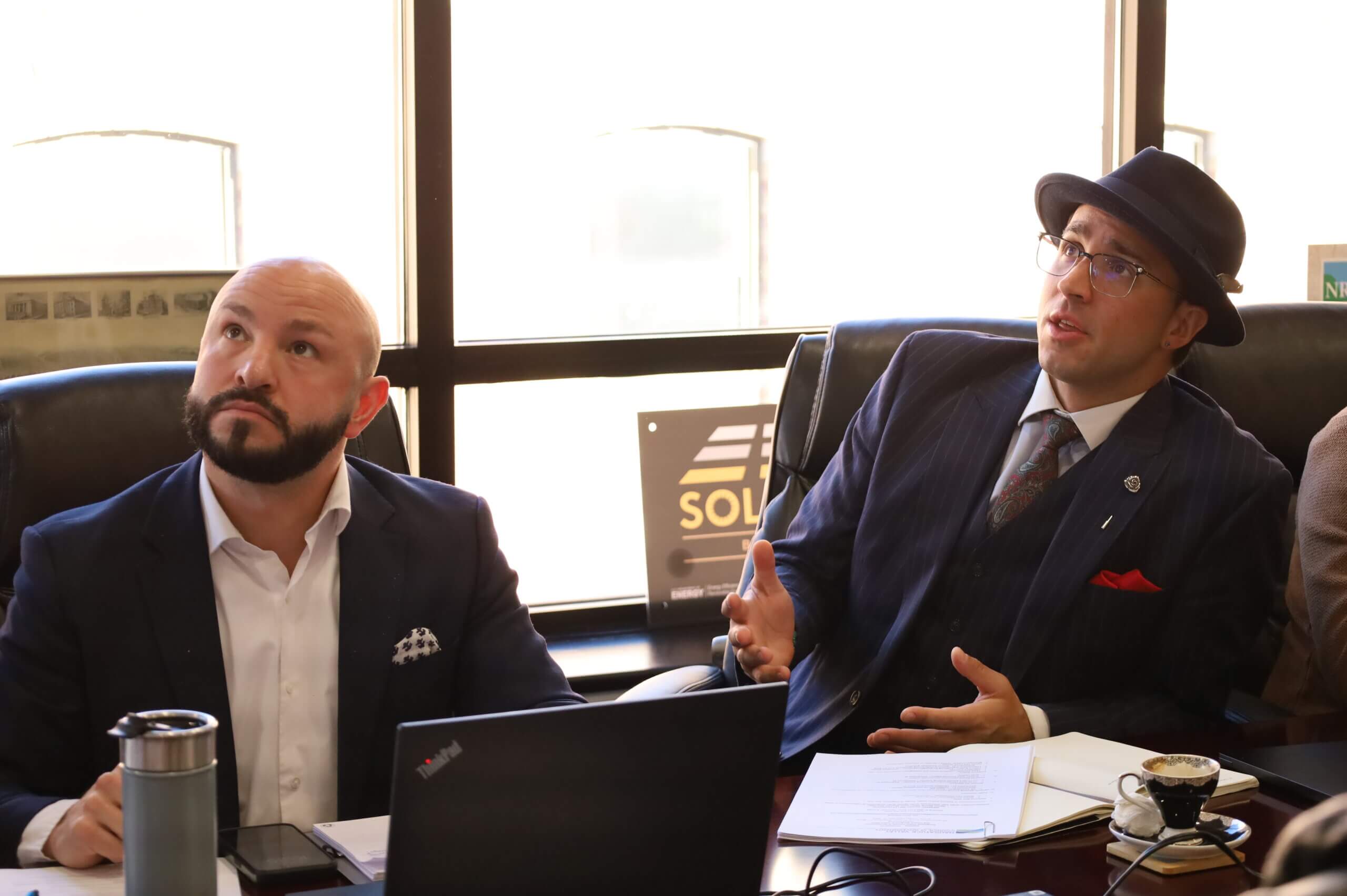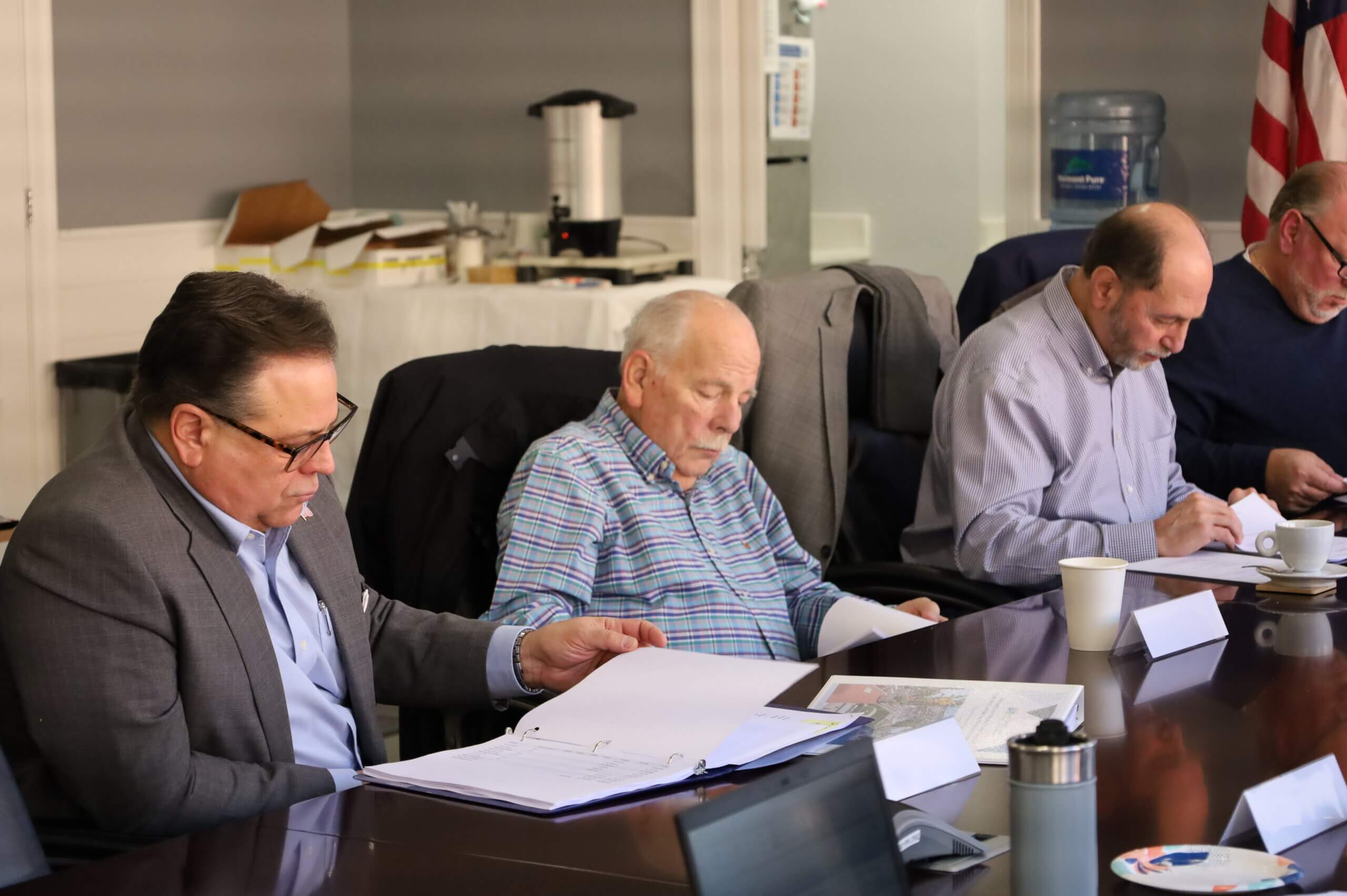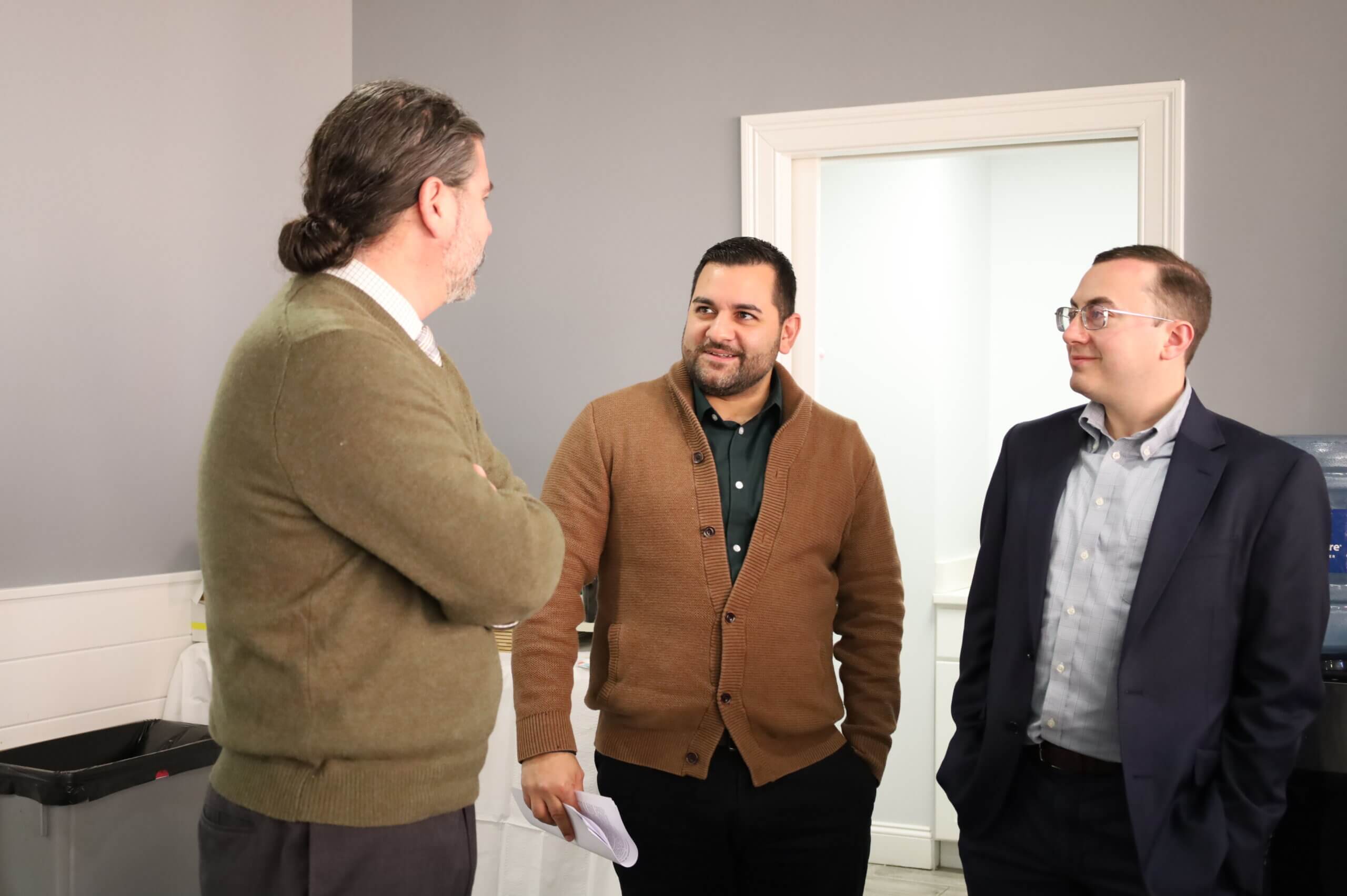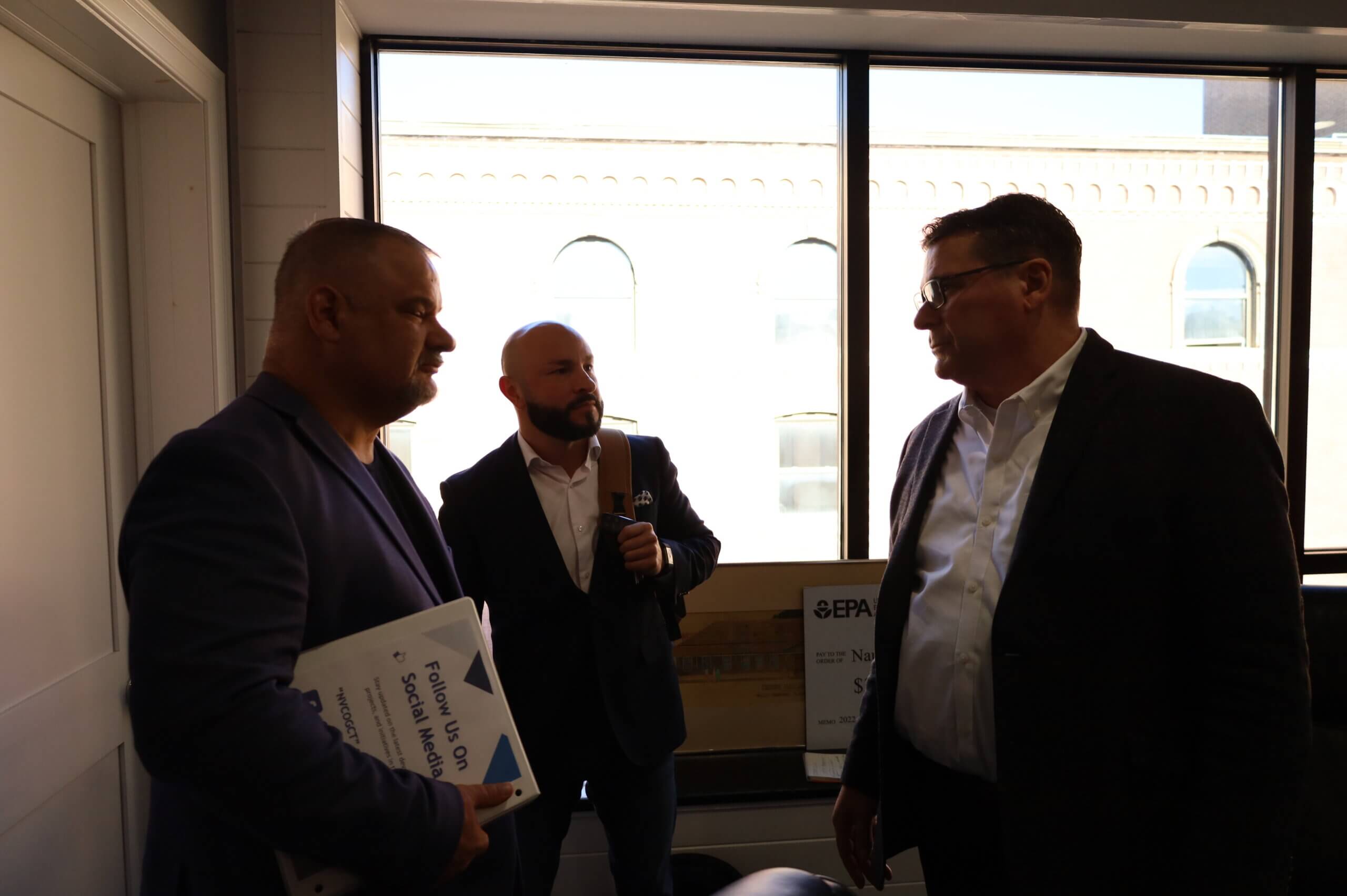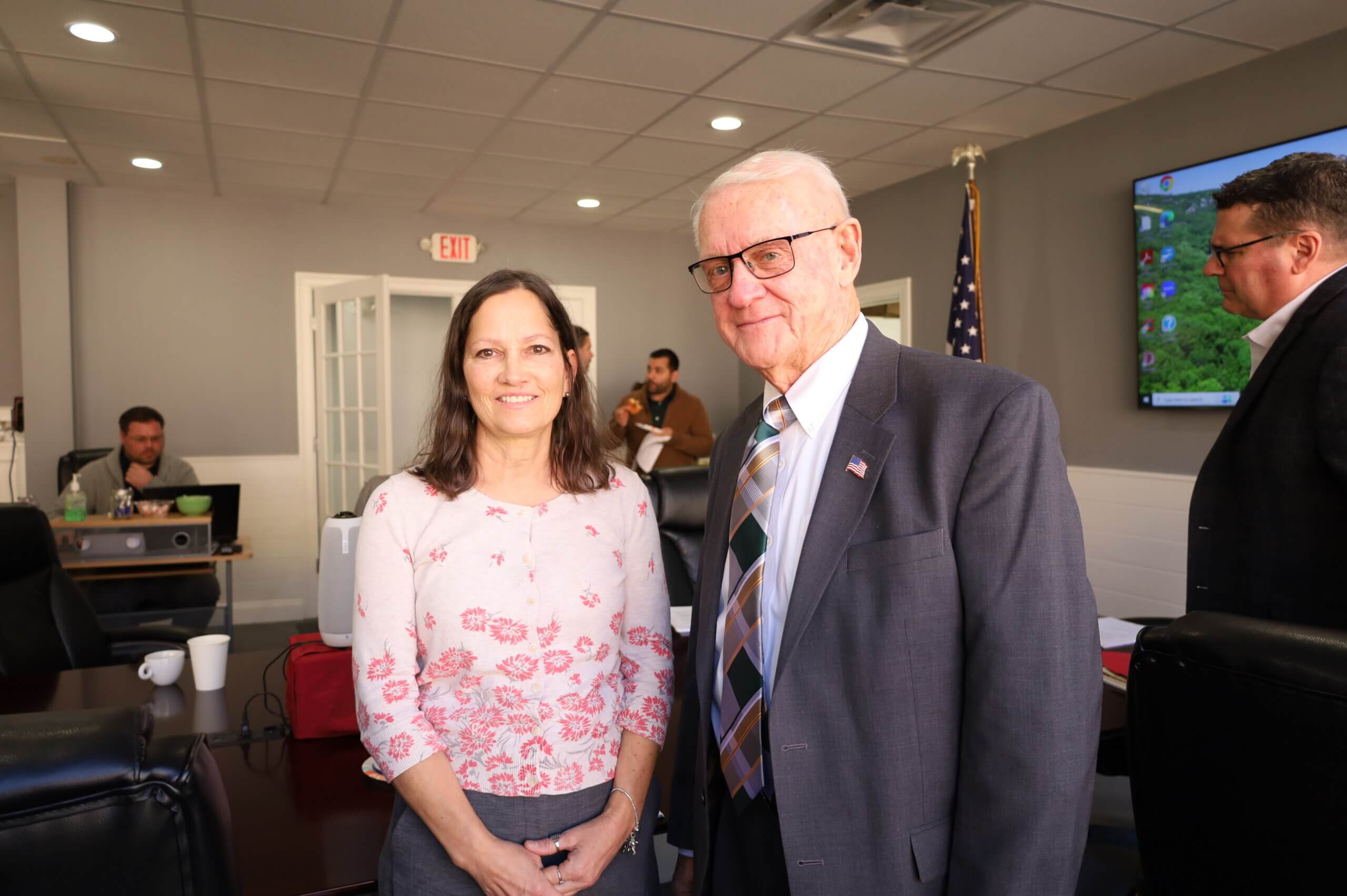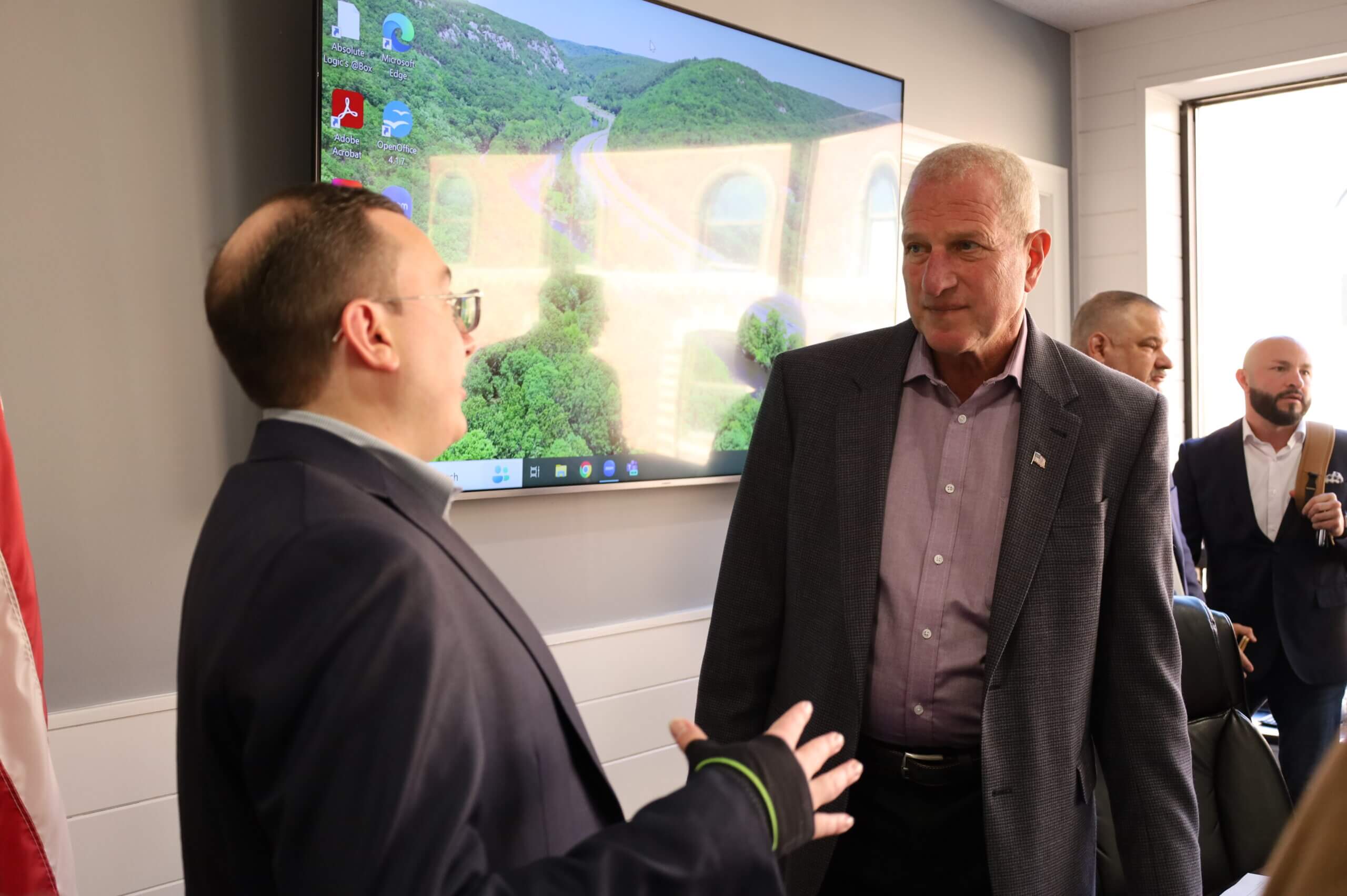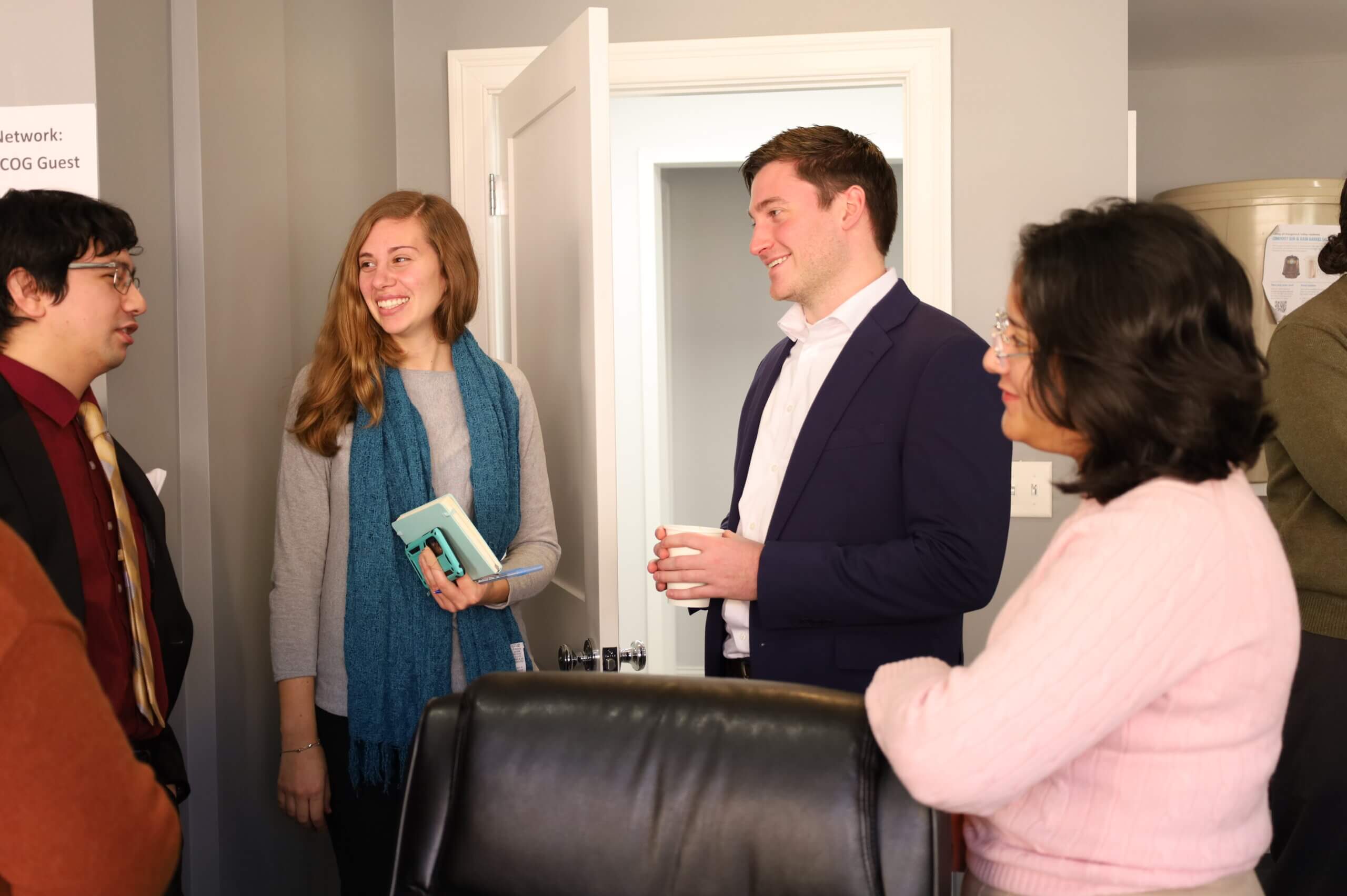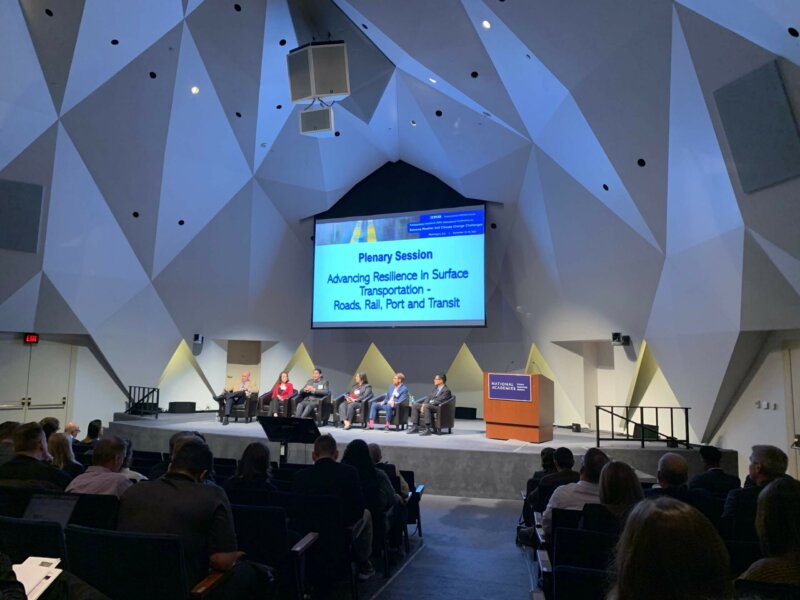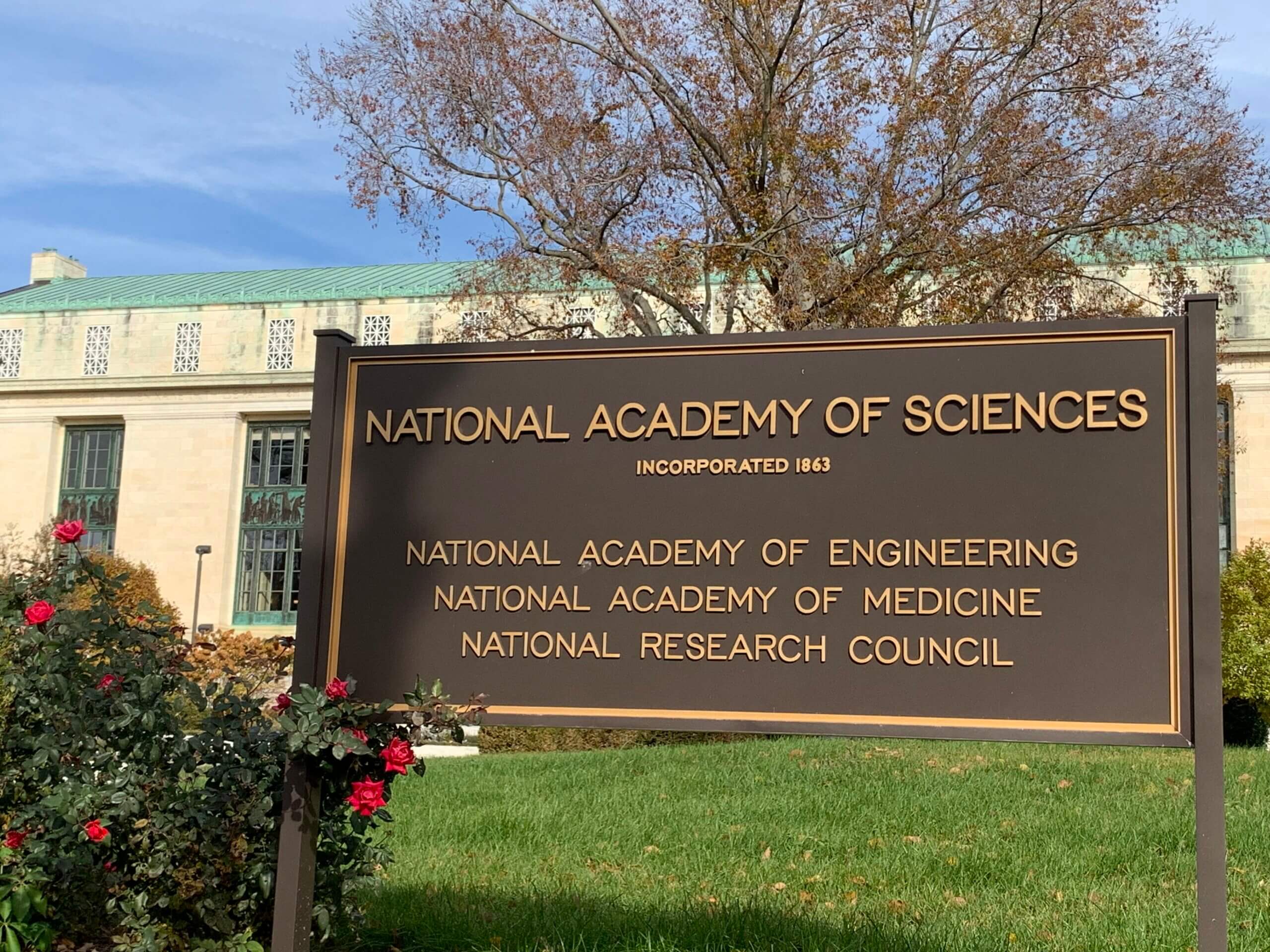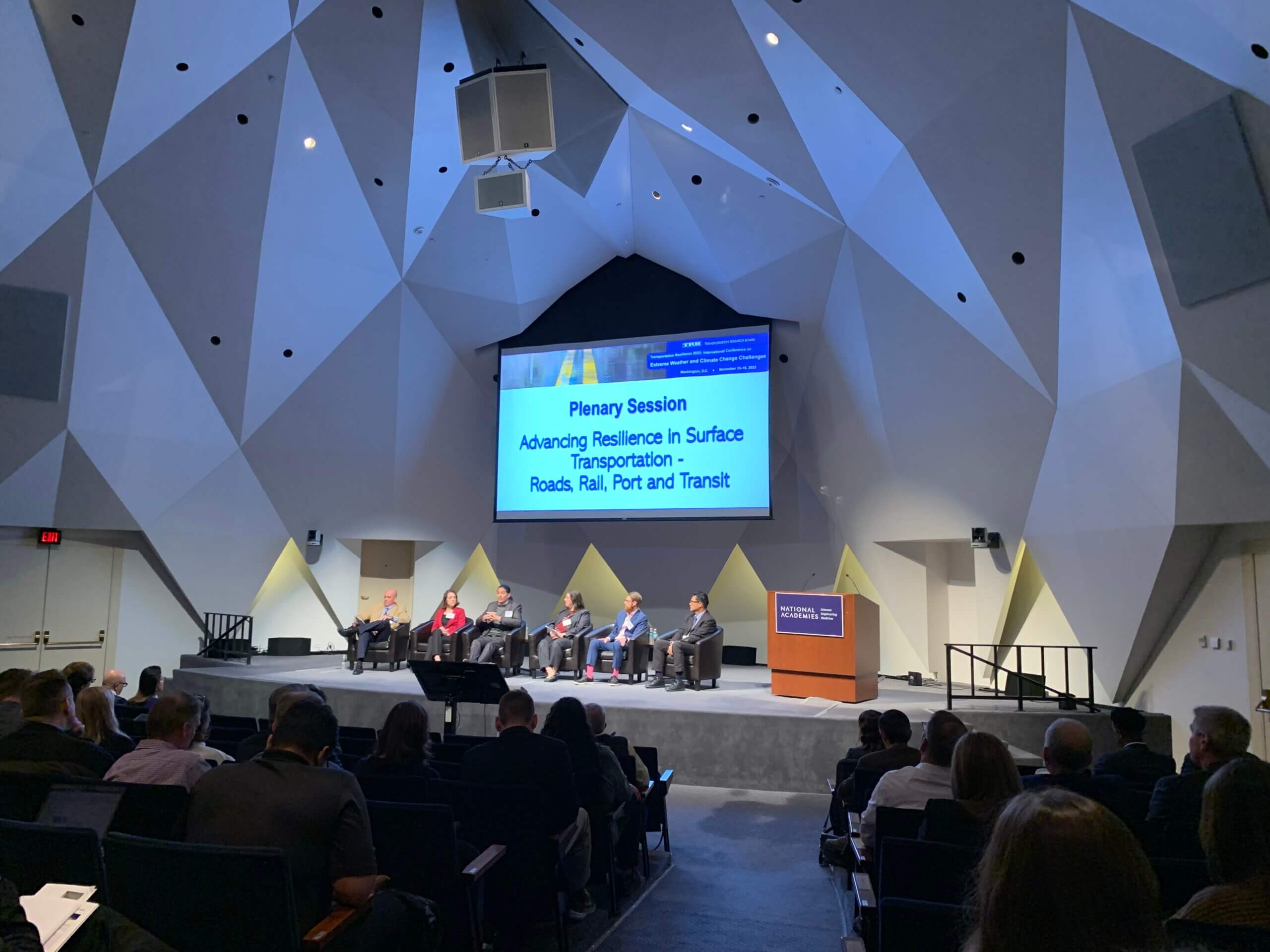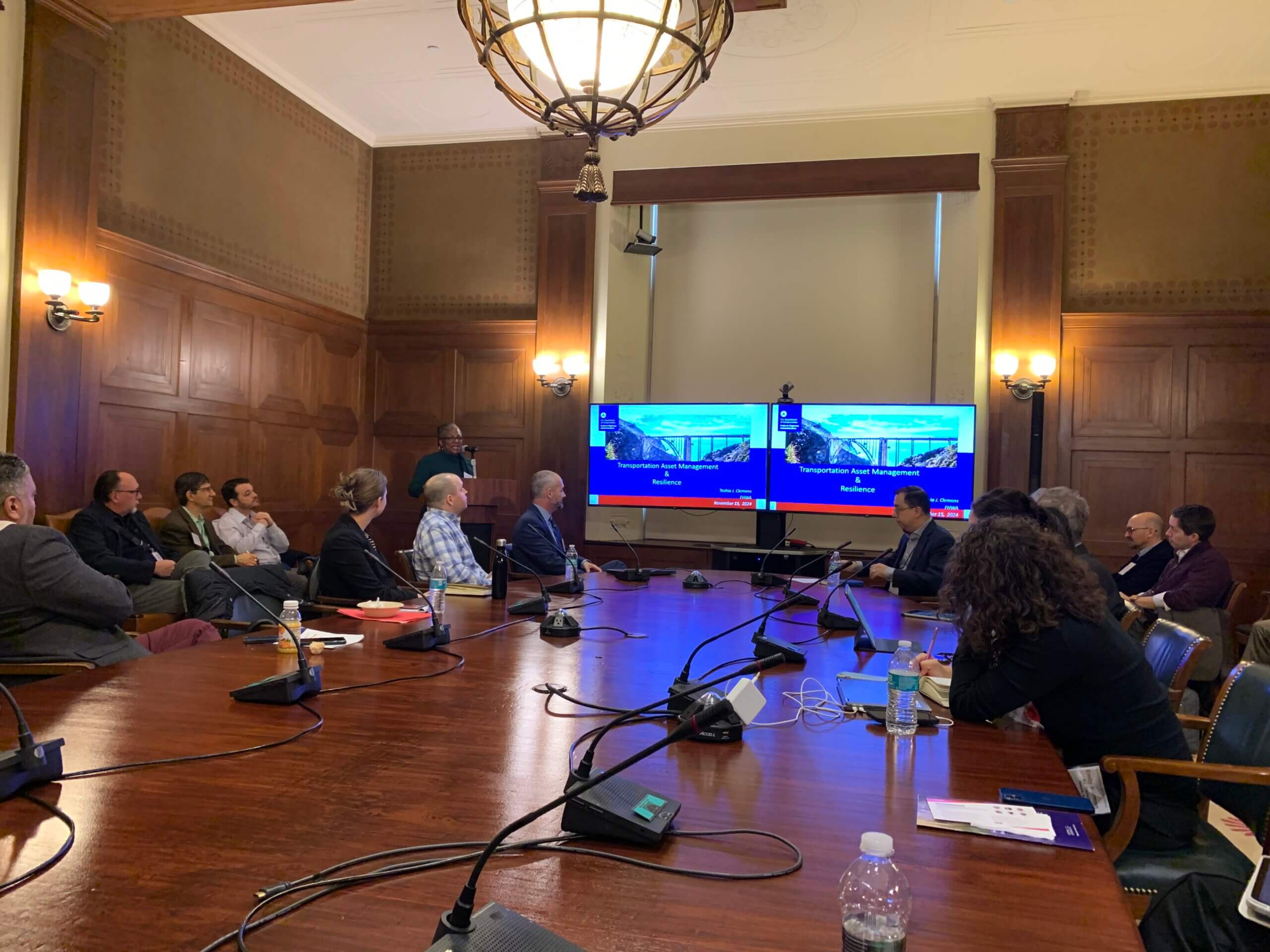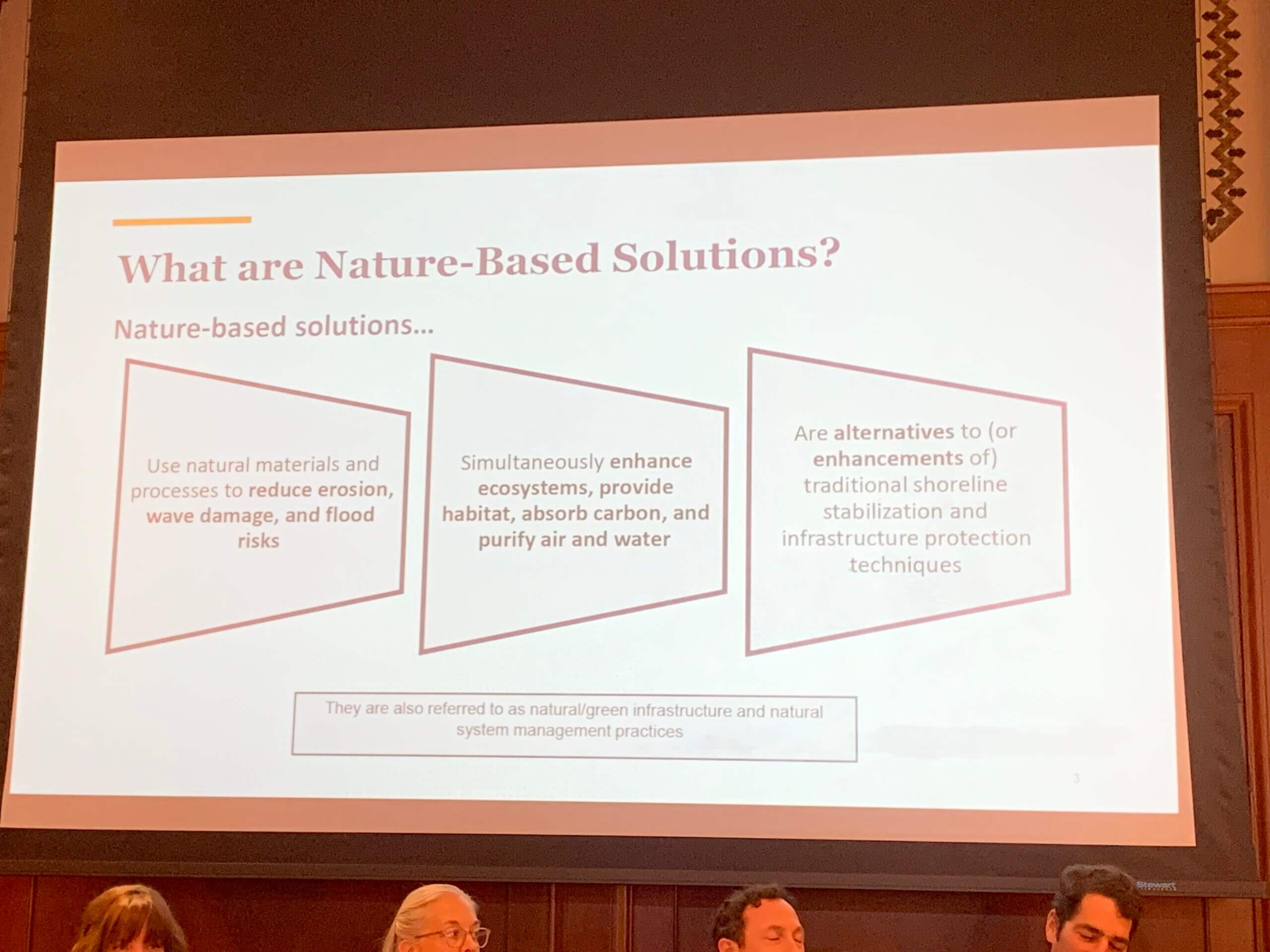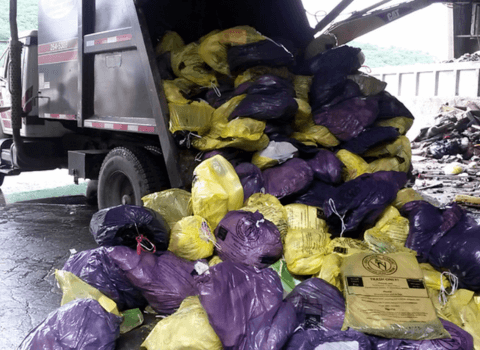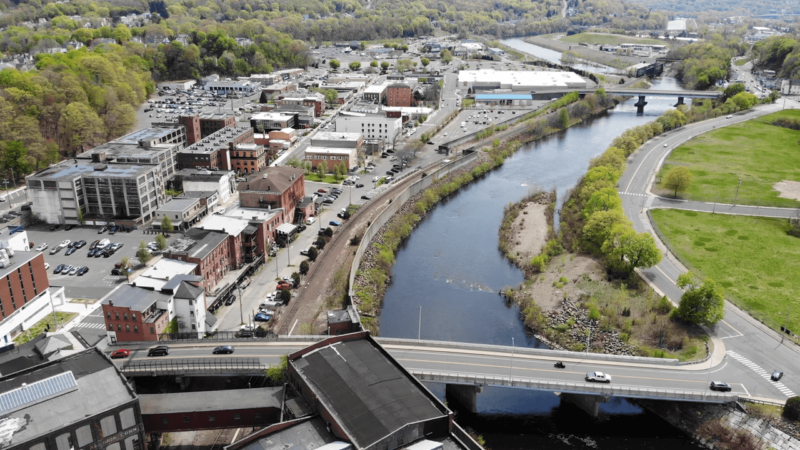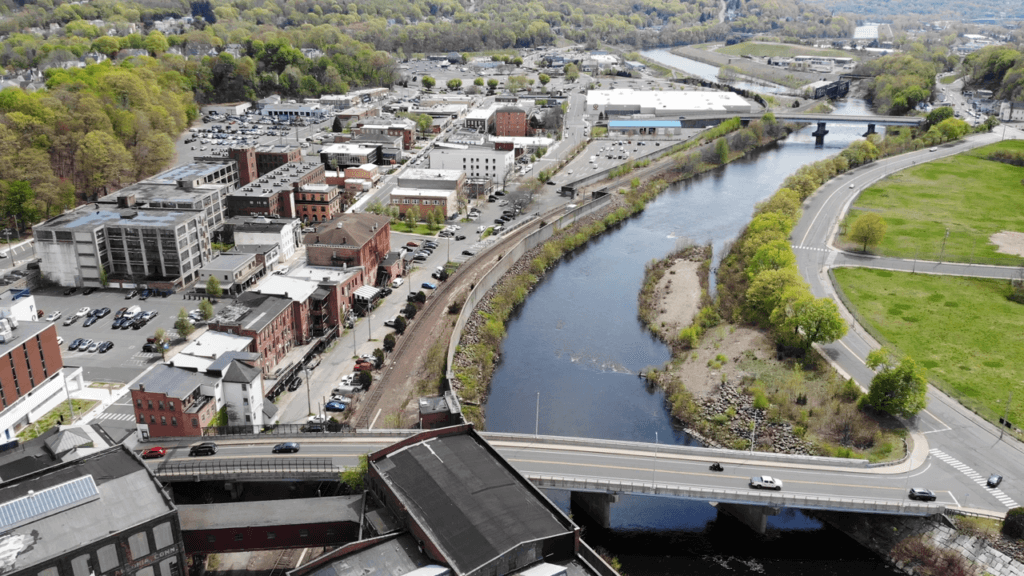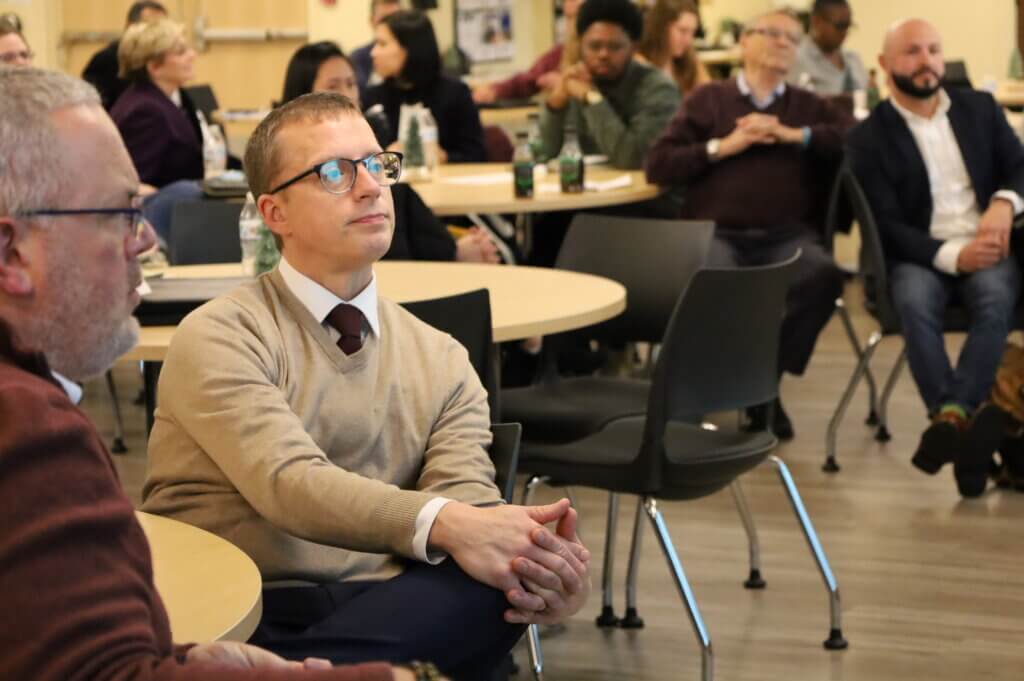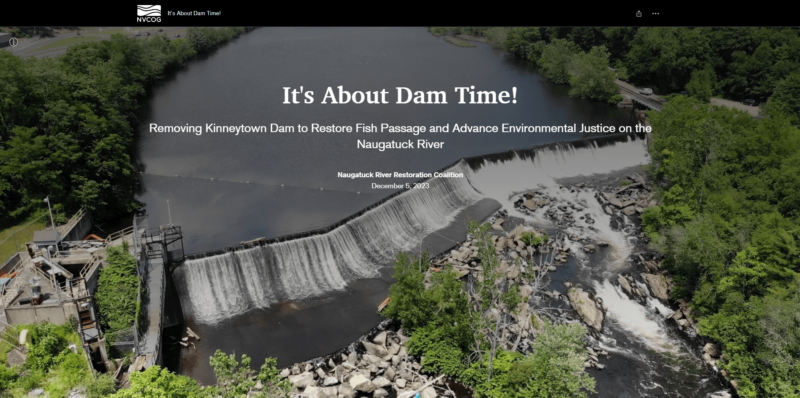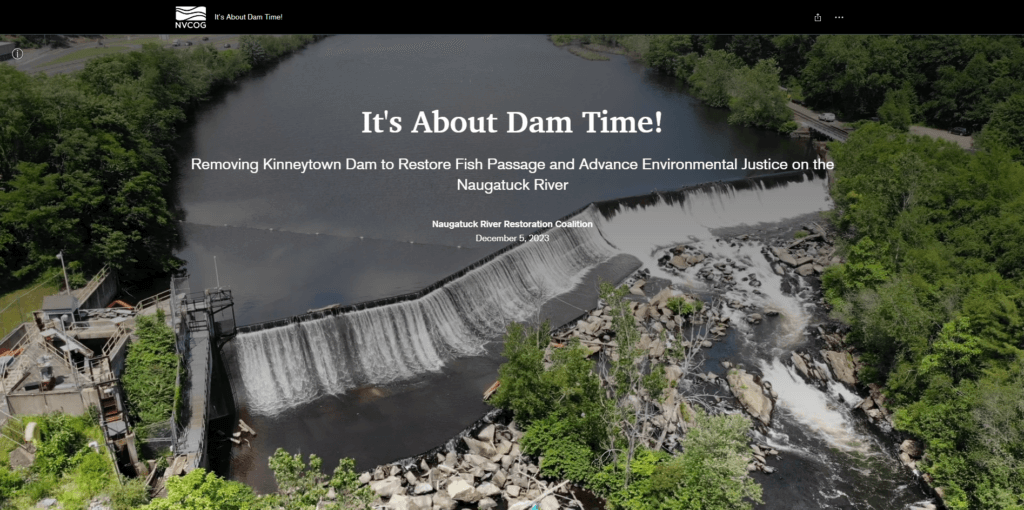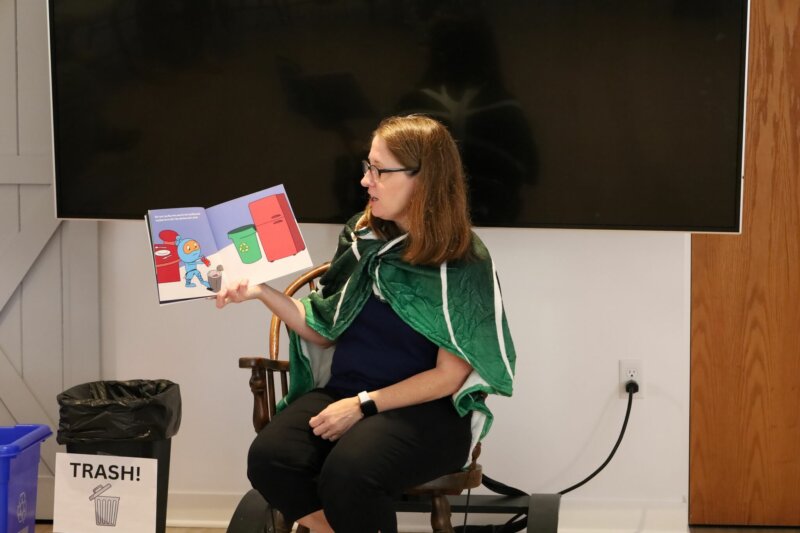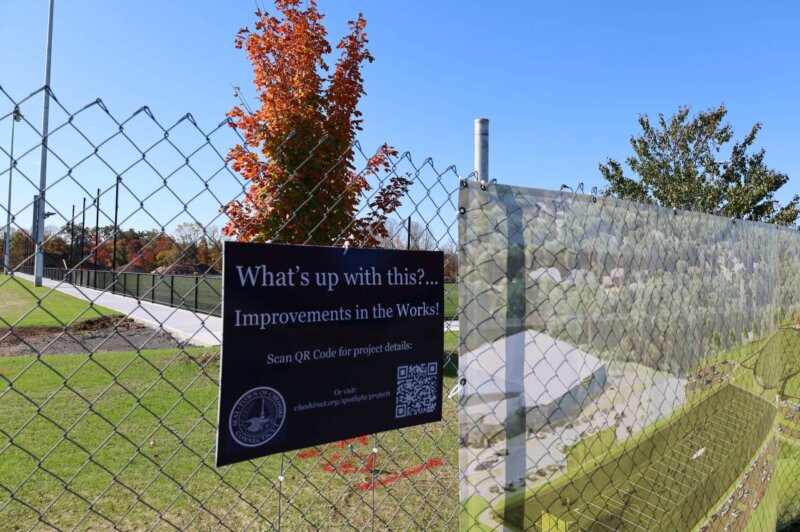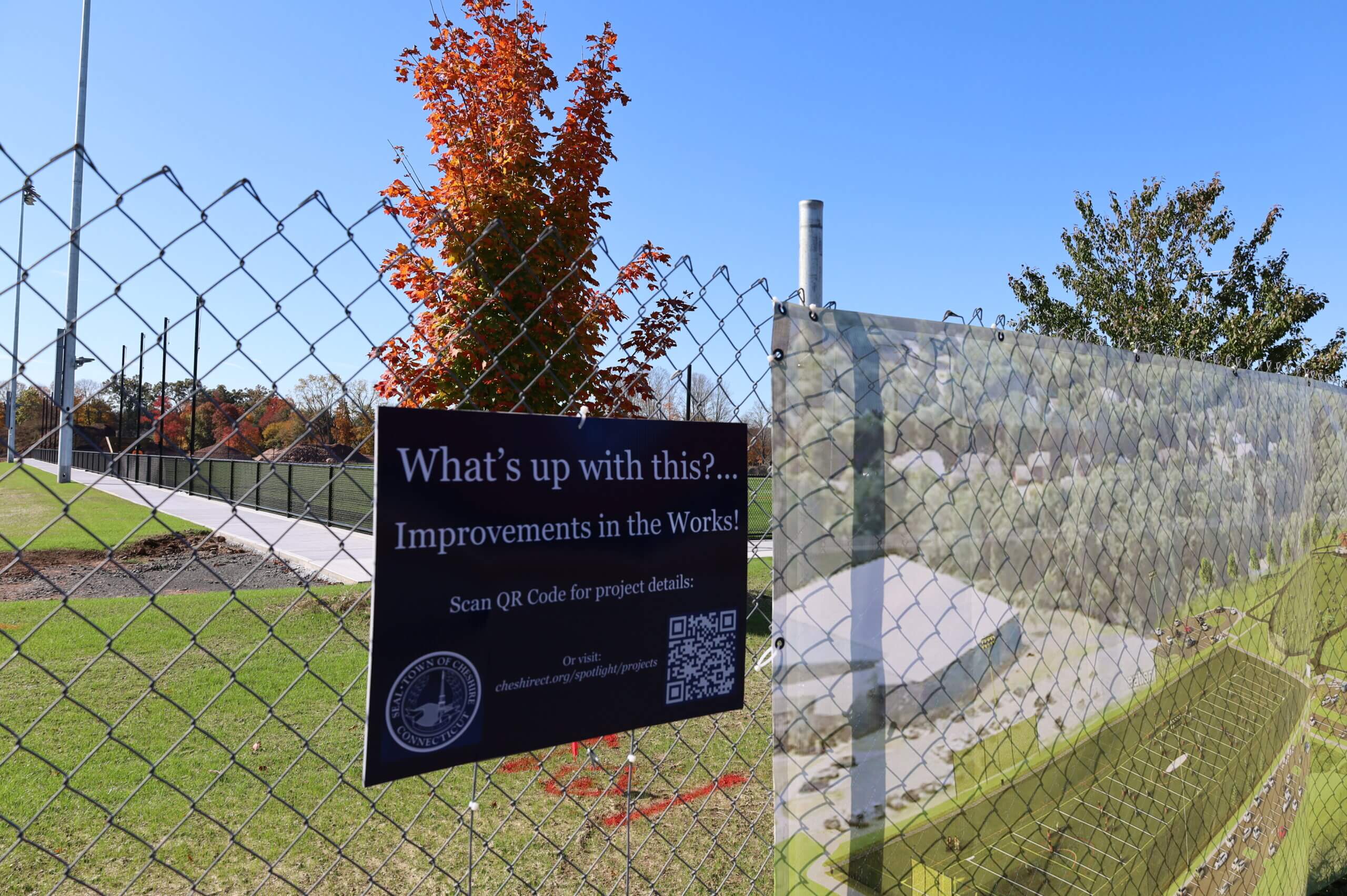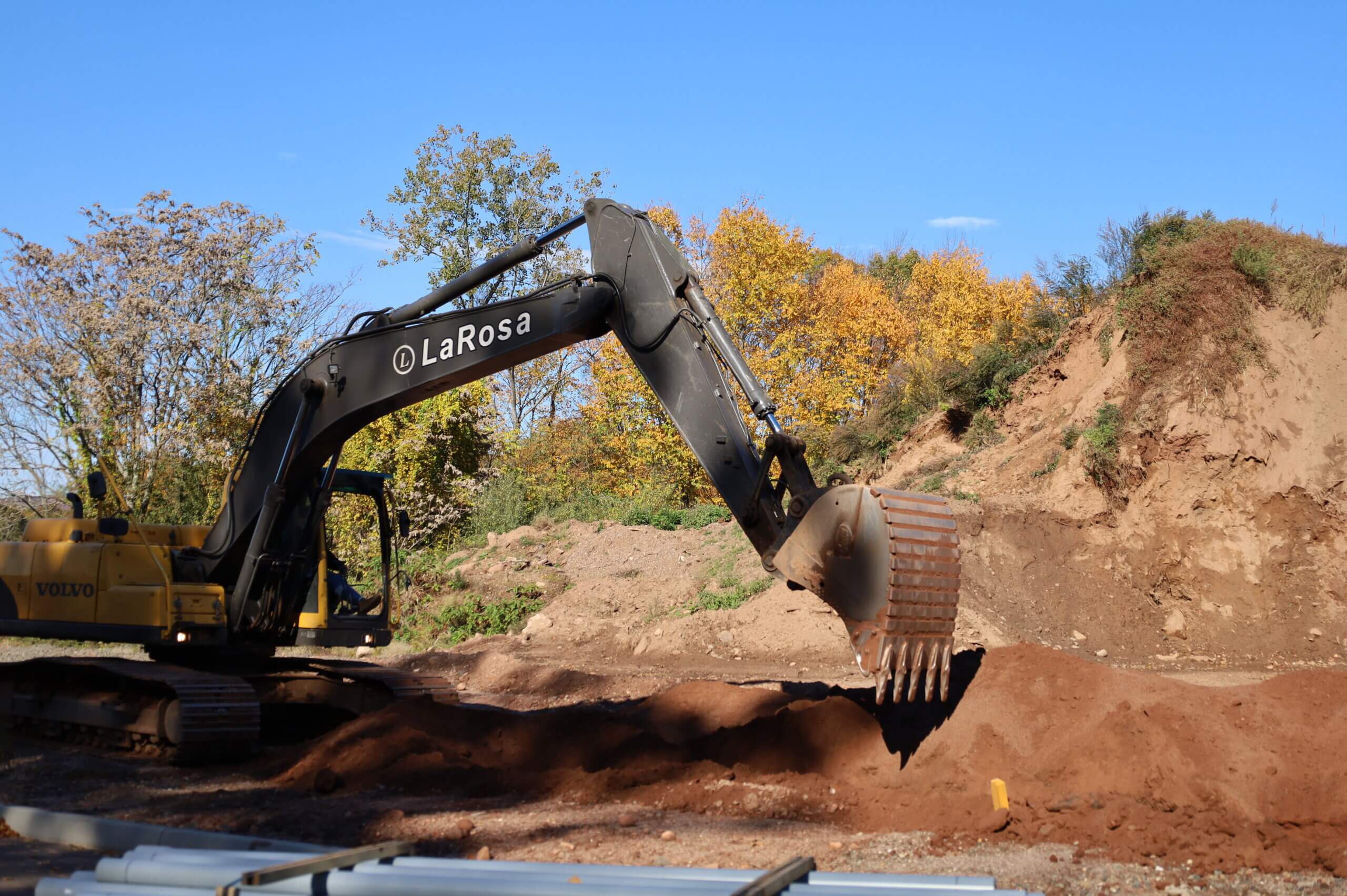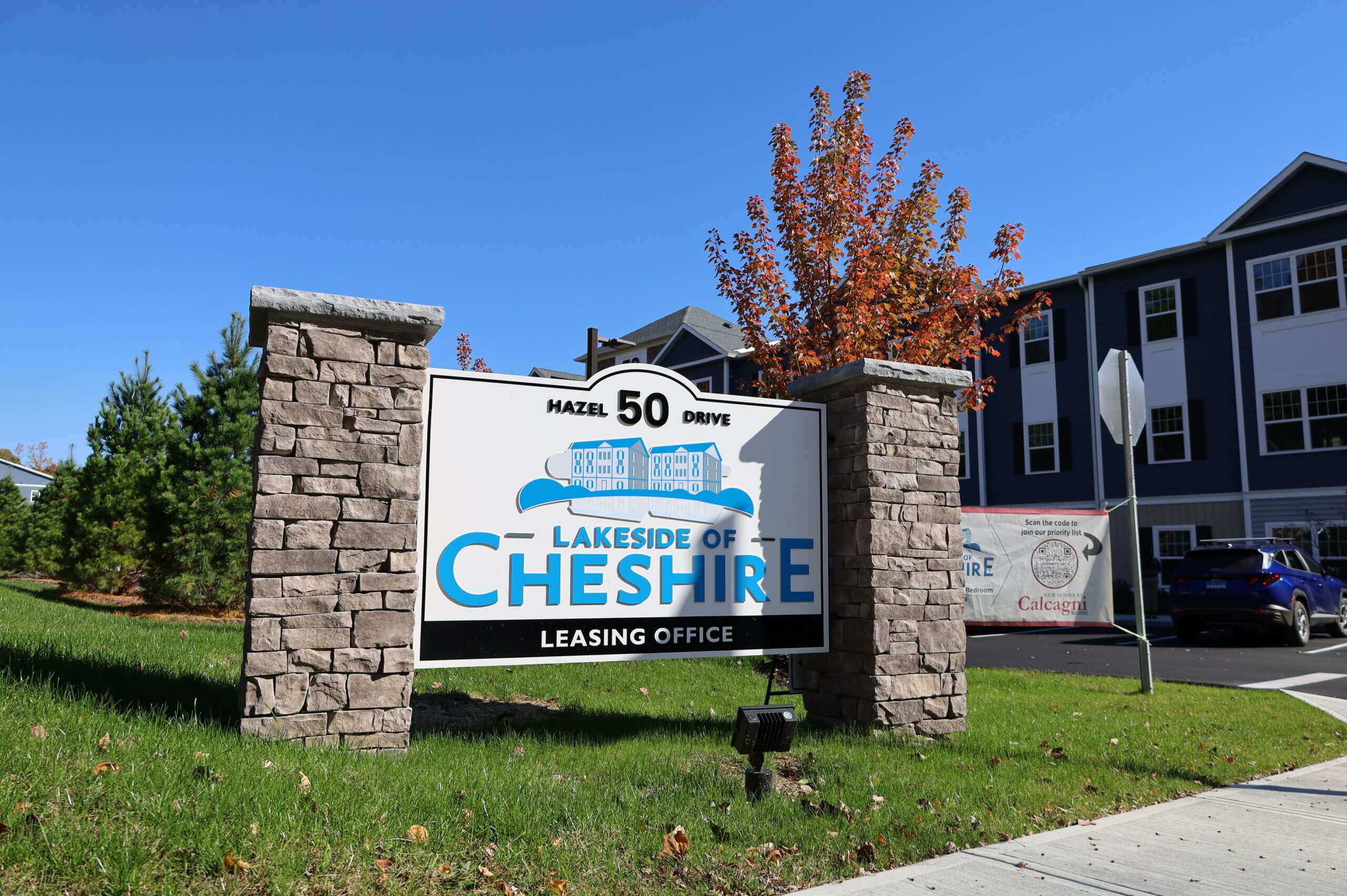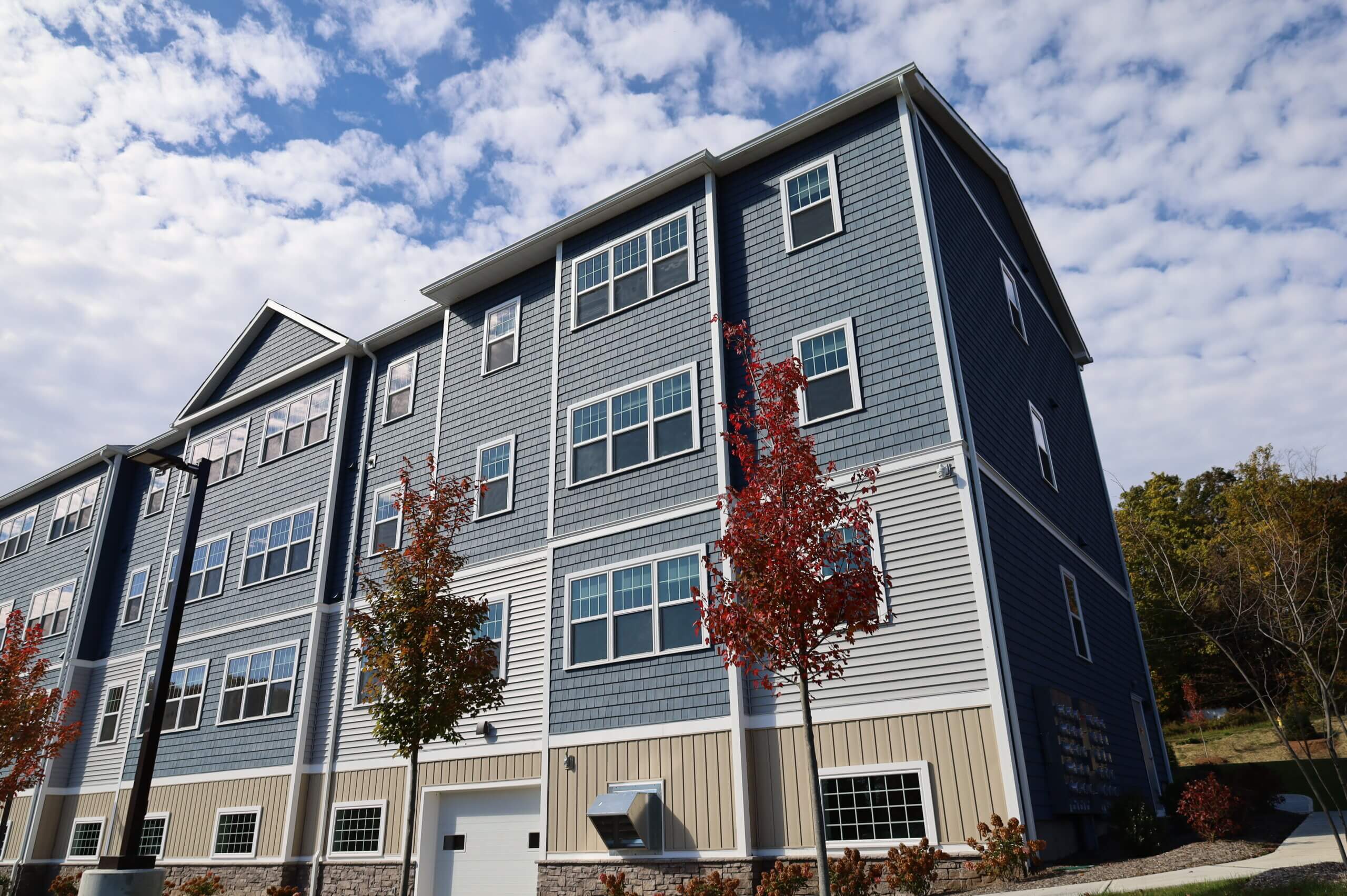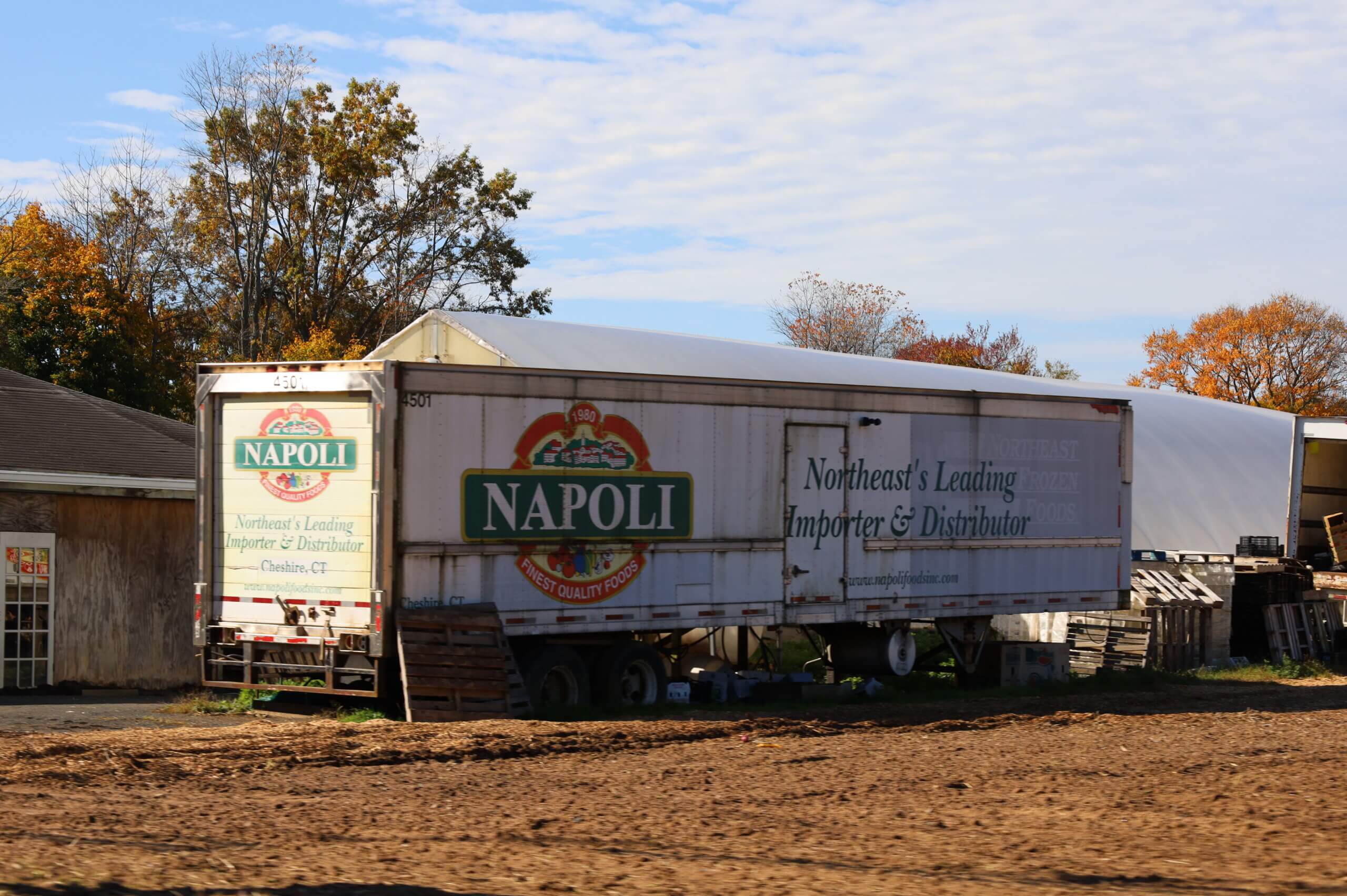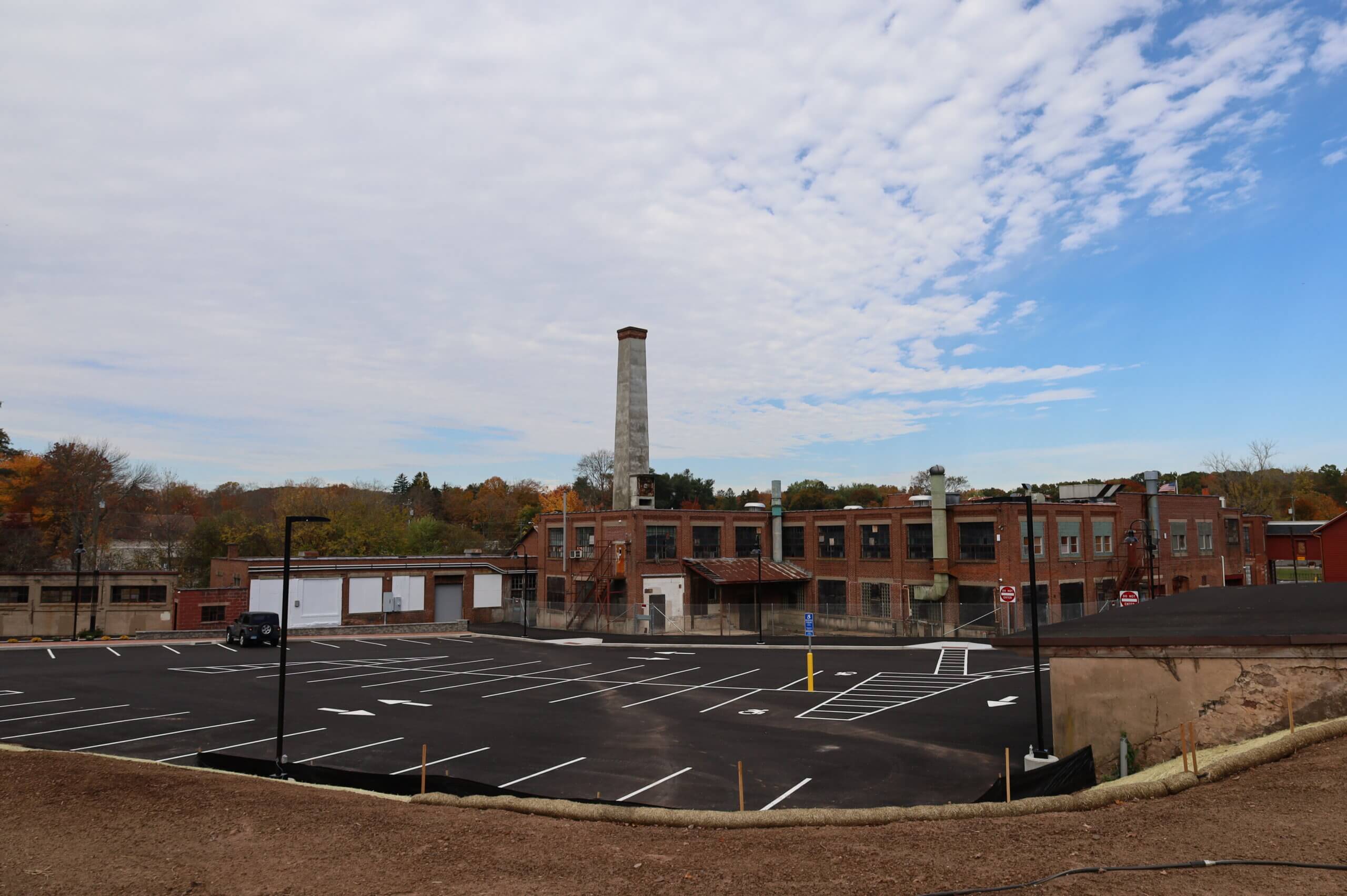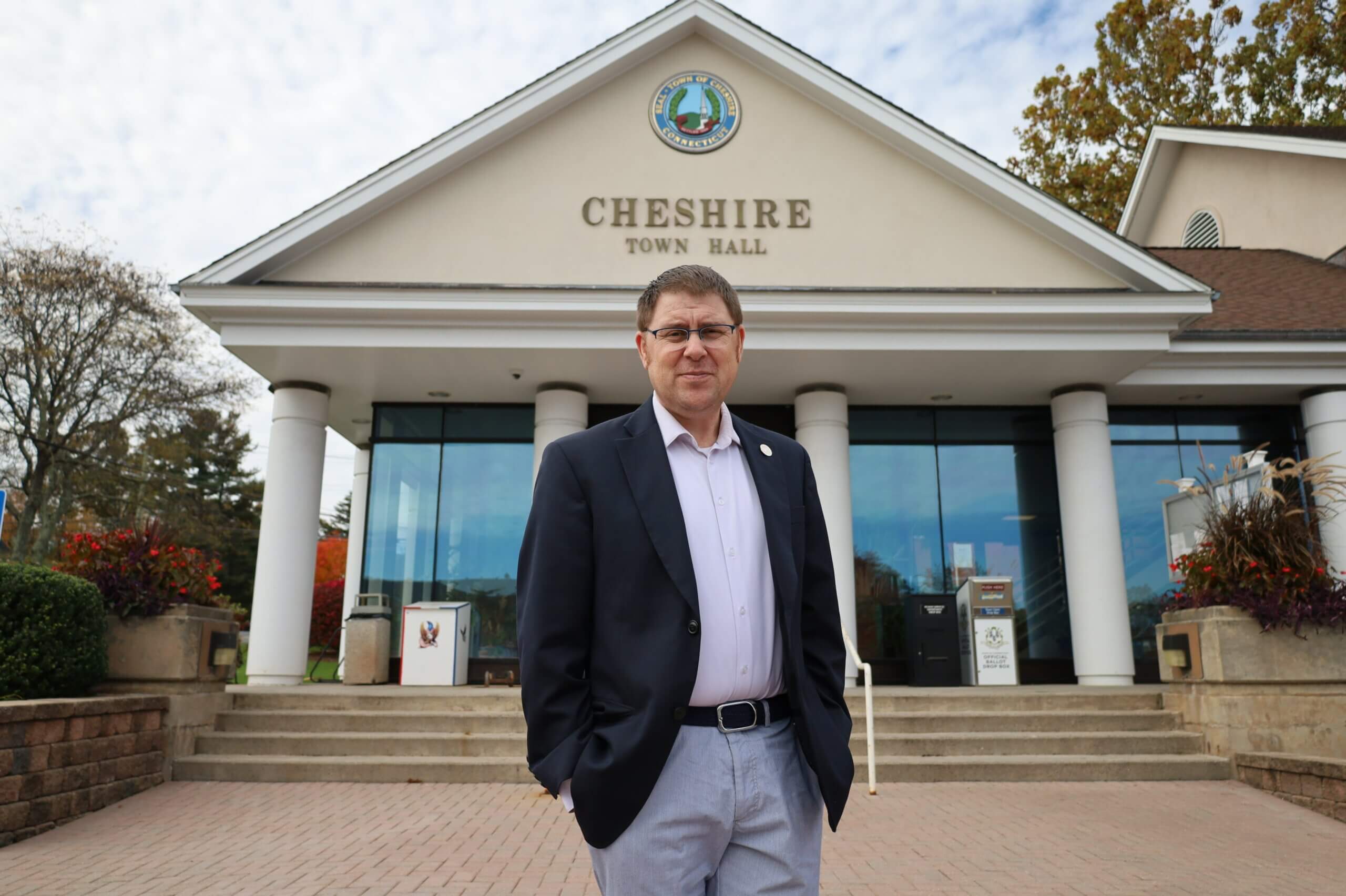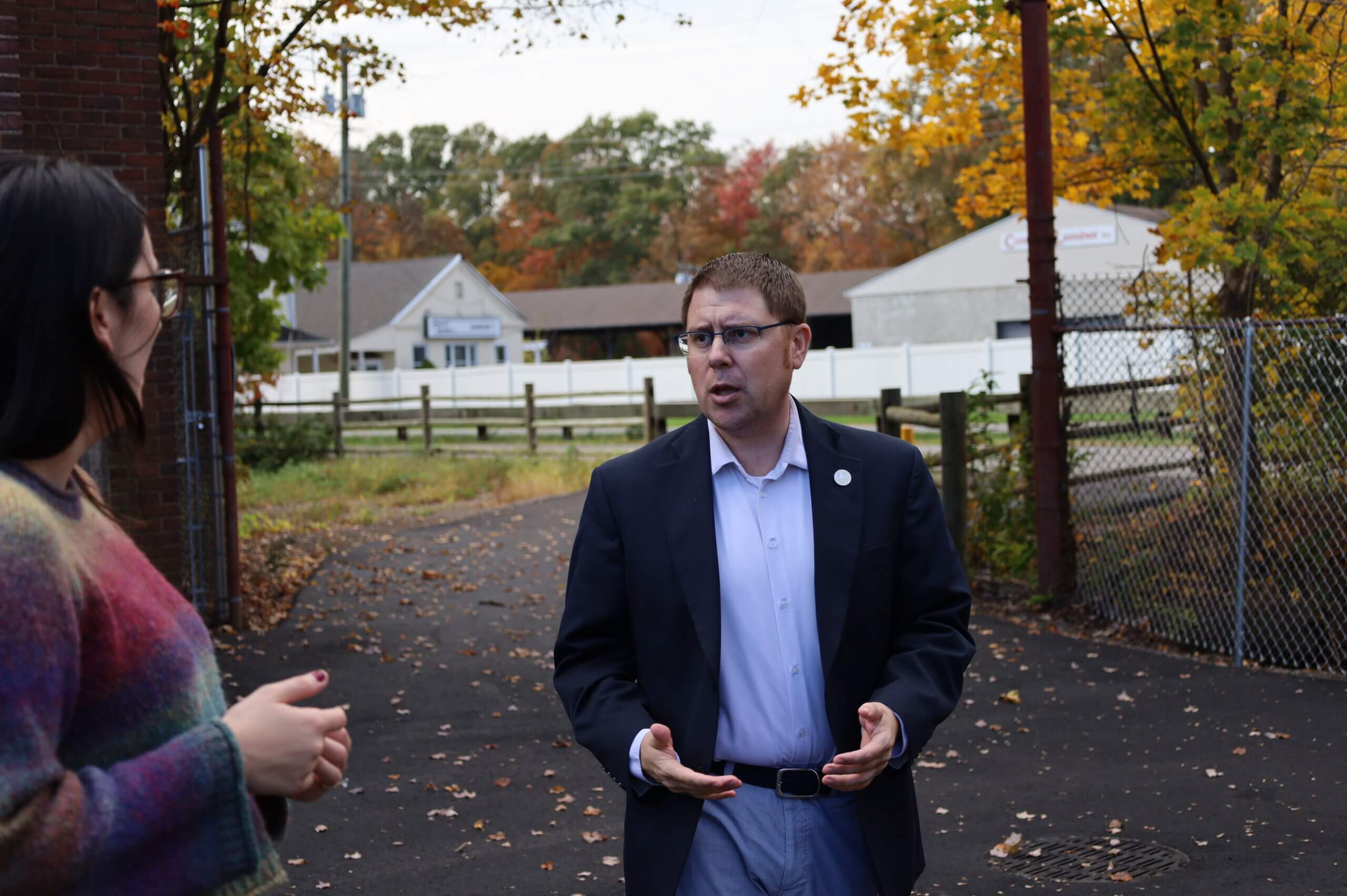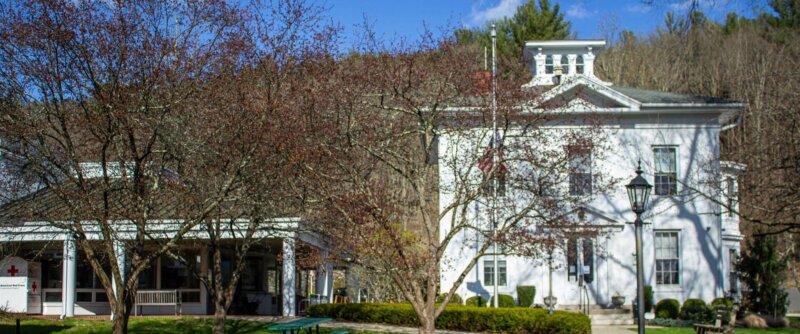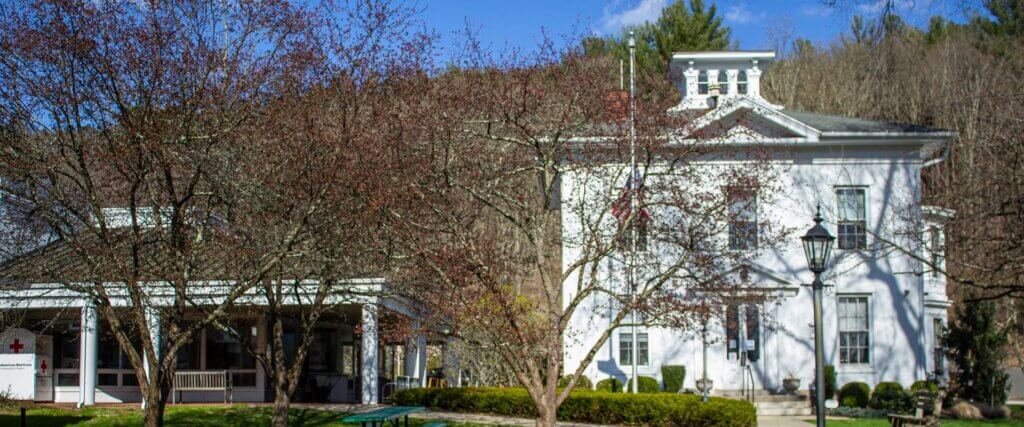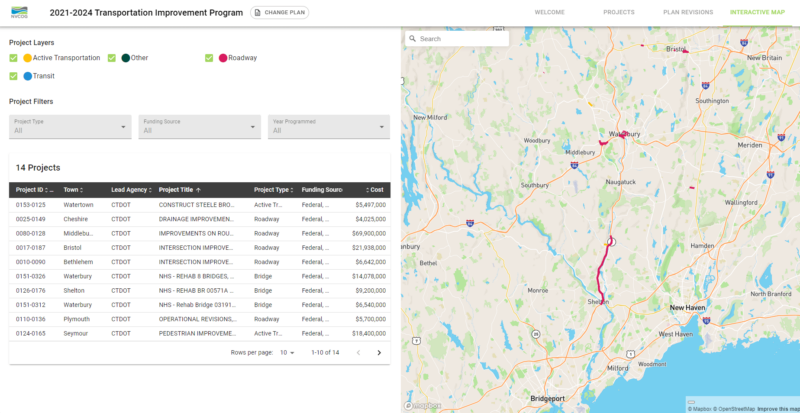Click here to access the press release from the office of Governor Ned Lamont

(HARTFORD, CT) – Governor Ned Lamont announced that he has approved the release of $7.2 million in state grants that will be used to support the remediation and assessment of blighted properties in nine municipalities across Connecticut, consisting of 713 acres of land. The funds will support these communities with investigating and cleaning up these properties so they can be redeveloped and put back into productive use to support economic growth.
The grants, which are being released through the Connecticut Department of Economic and Community Development’s (DECD) Brownfield Remediation and Development Program, will leverage $228,981,747 in private investments and are expected to create approximately 853 jobs. The overwhelming majority of the funds – 94% – are being directed to distressed municipalities, where developable land is often scarce and economic revitalization efforts take on added importance.
“Nobody wants to live in a community that has old, polluted, blighted properties that sit vacant for decades when this land could be used for productive purposes, such as business growth and new housing,” Governor Lamont said. “By partnering with municipalities and developers, we can clean up these lifeless properties and bring them back from the dead.”
“DECD’s brownfields program is critical to building vibrancy in our communities,” DECD Interim Commissioner Dan O’Keefe said. “We continue to invest in remediation and assessment activities because they are the linchpin to opening up new opportunities for private investment and economic growth at the local level.”
The grants announced today under this round include:
Remediation
- Ansonia: $3,800,000 grant to dispose of existing demolition debris pile and remediate the 8.56-acre property located at 31-165 Olsen Drive to prepare the property for redevelopment. Remediation will consist of the excavation and off-site disposal of approximately 9,000 tons of contaminated fill and implementation of an engineered control. Following remediation, a new multi-sport indoor/outdoor complex will be constructed that will include a 49,000-square foot all-sports training building, a 39,000-square foot indoor soccer facility and a FIFA league size soccer field with bleachers, lighting, and parking facilities. The multi-facility complex will have a total private investment of $16,400,000.
- New Haven: $990,000 grant to perform soil remediation, excavation, and disposal of impacted soils on the 0.8-acre parcel located at 265 South Orange Street (formerly home to the New Haven Veterans Memorial Coliseum). This will enable the construction of a 277,435 sq. ft. Class A life sciences and tech office building.
- New Haven: $995,600 grant to abate and demolish the four vacant and dilapidated buildings on the 1.73-acre site located at 10 Liberty Street. The cleanup work will enable the construction of a five-story, 150-unit affordable housing complex.
Assessment
- Ansonia: $200,000 grant to further the investigation of the environmental issues at the Former Ansonia Copper and Brass properties located at 75 Liberty Street and 7 Riverside Drive.
- Danbury: $200,000 grant to perform an assessment on the adjoining properties at 72-80 Maple Avenue and East Franklin Street, former home to warehouse operations for Amphenol, which will help determine possible future use for the property.
- East Hartford: $178,800 grant to perform various site assessments at a former industrial paper mill site at 87 Church Street. Redevelopment plans include constructing the country’s first hydro-powered liquor distillery accompanied with a tasting room.
- Griswold: $110,000 grant to conduct investigations of the former repair garage and gas station located at 1554-1560 Voluntown Road to determine the type and extent of subsurface contaminants on the site.
- Lisbon: $120,000 grant to conduct assessments of the former Lisbon Textile Prints company site located at 99 River Road. This will allow the town to rezone the property and enable future mixed-use and commercial uses. Funds will also be used to develop a remedial action plan.
- New Milford: $200,000 grant for the assessment of three properties, including the buildings located at 6 Youngs Field Road, 20 Youngs Field Road, and 72 Housatonic Avenue (currently used by the town’s Department of Public Works) to determine a remediation strategy that will allow for future remediation and development of the properties as a whole. The Department of Public Works is preparing to relocate to a new site.
- Putnam: $200,000 grant to update and complete the environmental assessment of the former Putnam Foundry site located at 2 Furnace Street and the John M. Dean Company located at 20 Mechanics Street to determine a remediation plan that will accommodate future mixed-use housing and commercial space.
- Sprague: $200,000 grant to conduct additional site investigations of the former Paper Manufacturing site located at 130 Inland Road in Baltic. The assessments will determine the extent of subsurface contaminants on the site to allow for future remediation and current waste treatment expansion and other potential uses.
For more information on the Brownfield Remediation and Development program, visit www.ctbrownfields.gov.
- Twitter: @GovNedLamont
- Facebook: Office of Governor Ned Lamont

